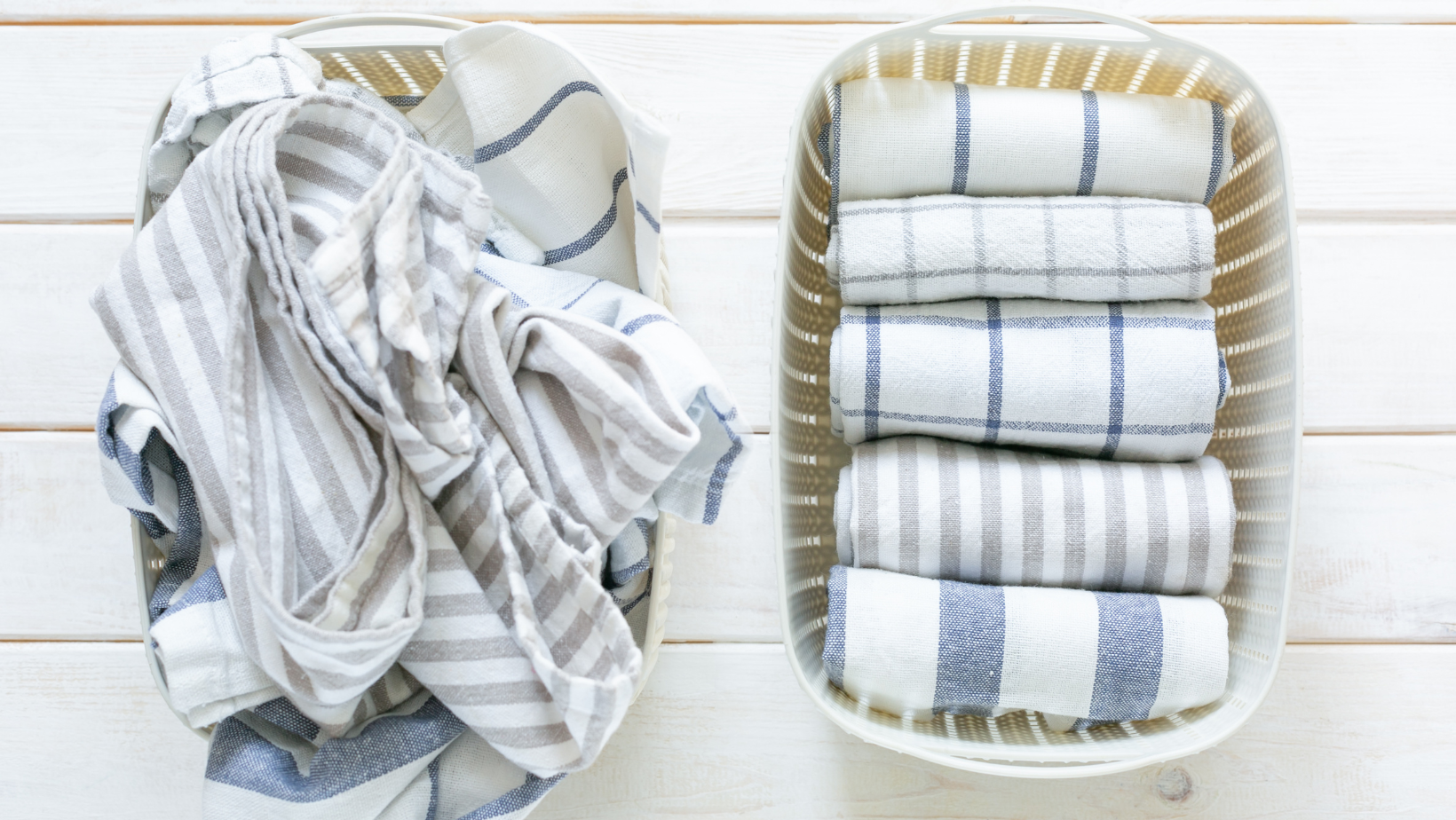What Marie Kondo’s Messy House Can Teach US
Personal priorities guide our home organization journey
In about half of the home consultations I do, potential clients mention Marie Kondo as an inspiration for wanting to get organized. Kondo came on the scene over a decade ago with her book The Life-Changing Magic of Tidying Up, and in 2019, she became the face of home organization with her Netflix show “Tidying Up with Marie Kondo.”
People who follow her KonMari method have learned that categorizing belongings and evaluating them to determine what “sparks joy” are the keys to decluttering. Using Kondo’s advice, many people have been able to let things go that have been taking up space in their homes. After determining what belongings will stay, Kondo has specific recommendations for how to store items to maximize storage and make it easier to see what you have. The final result, especially on her show, is a satisfyingly peaceful home.
Recently Kondo made headlines again for admitting that since the birth of her third child, her house is no longer as tidy as it once was. The organization guru has said that her priorities have shifted and that daily tidying isn’t as important to her as spending quality time with her children. The reactions to this news have ranged from sighs of relief to borderline outrage from the media and her many devotees. The harshest critics have called it a betrayal or questioned the value in her methods if not even their creator can sustain them.
I am not trained in the KonMari Method, but like many professional organizers, I think a lot of its principles are important. Kondo has helped people approach their “stuff” differently and helped them achieve the serene spaces they really want. Honestly, I don’t feel let down at all by Kondo making her change in priorities public, because I think it reminds of a powerful message: our homes need to serve us, and we need to make sure they reflect our current reality.
One of the first things I tell potential clients about my organizing philosophy is that function should come before esthetics. We can make a space look Instagram-pretty by the end of a session, but if the organization system doesn’t make sense to you and isn’t sustainable, then it’s essentially useless. (That said, we will also make things look nice, because it’s much more rewarding to maintain a beautifully organized space.)
When I work with clients, listening to the things that are bothering them and helping them set goals for their space is an important first step in helping people get organized. You have to be honest about what you want and need and not aspire to a look or a standard that isn’t realistic for you and your life. Every single home I work in is unique because every client has different needs and priorities. So often homes get disorganized because the belongings we have or the way they are arranged don’t match the way we live. Through decluttering and reorganizing, I set that right and help people have the tidy spaces they want and deserve.
In short, our homes are not static because we are dynamic. When we establish systems that work for our current lives with enough built-in flexibility to grow with us, that leads to a positive and permanent change. Marie Kondo’s life has evolved, just like all of us, and that doesn’t mean we should disregard her advice or turn away home organizing in general. As her children grow, her priorities will undoubtedly shift again, and her organizing systems and processes will adapt to reflect that.
If you are ready for your home to match your priorities and lifestyle, send me a note via my Contact page! My new Walk and Talk offering is perfect for organized-but-stuck DIYers, and my full-service options work best for those who needs hands-on support.

